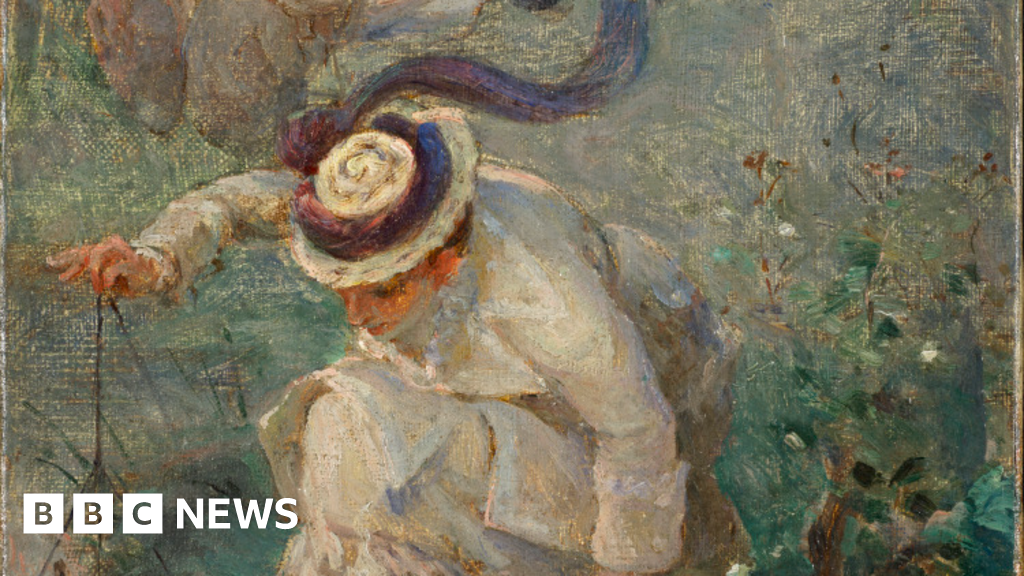A painting by a forgotten French Impressionist artist whose career was cut short because of her disapproving husband has gone on display in Liverpool.
The work by Marie Bracquemond, which depicts a woman fishing for crayfish with children playing in the background, is being showcased at the Walker Art Gallery.
It is estimated that La pêche aux écrevisses was painted between 1870 and 1880 by Bracquemond, who died in 1916.
Kate O’Donoghue, a curator at National Museums Liverpool, said Bracquemond was “one of only three women who exhibited in the original Impressionist exhibitions”.
Bracquemond, born in 1840, began to display her work at the prestigious Paris Salon as a teenager before meeting her painter and engraver husband Félix Bracquemond while in a job as a copyist at the Louvre.
Her work was later influenced by Impressionism, an art movement that began in France in the second half of the 19th Century and was led by artists like Claude Monet, Edgar Degas, and Pierre-Auguste Renoir.
The style of painting involved the use of vibrant colours, light and scenes of everyday life, and was a rejection of the traditional rules of painting taught in academies.
Bracquemond exhibited her work in the Impressionist exhibitions of 1879, 1880, and 1886, but her husband “strongly disapproved” of her shift in style, a gallery spokeswoman said.
Overlooked and overshadowed by her male peers, Bracquemond’s promising career was “cut short due to her husband’s disapproval”, said Ms O’Donoghue.
Later she was described by an art critic in 1894 as one of the three great ladies, or “les trois grandes dames” of Impressionism, alongside alongside Mary Cassatt and Berthe Morisot.
The Walker Gallery’s collection of Impressionist works also includes pieces by Monet, Degas, Henri Matisse and Paul Cézanne.
